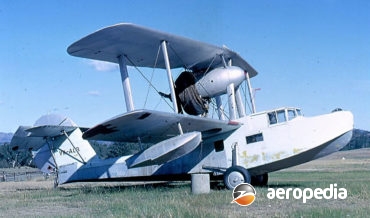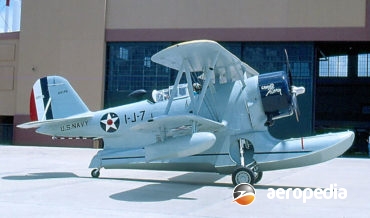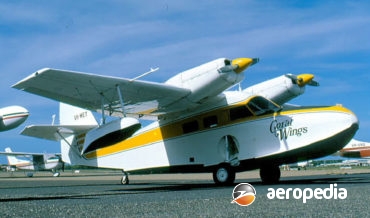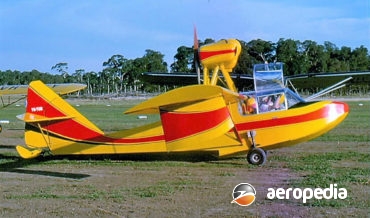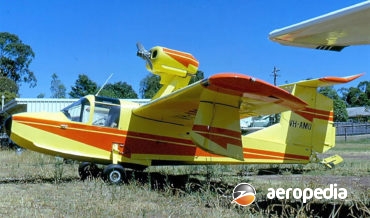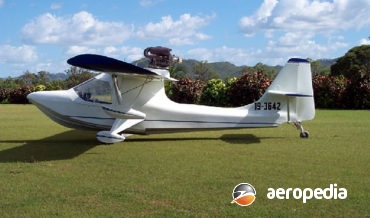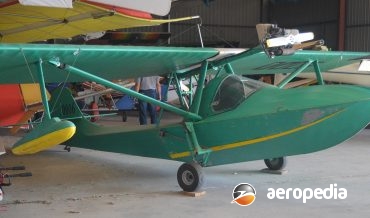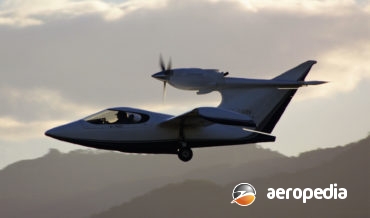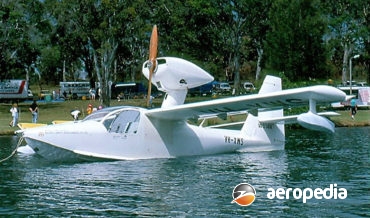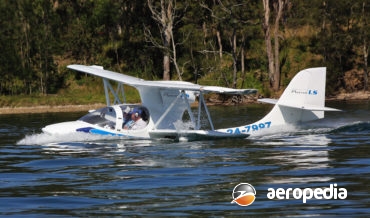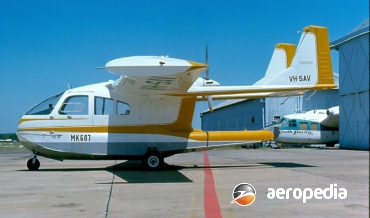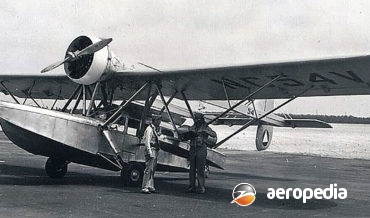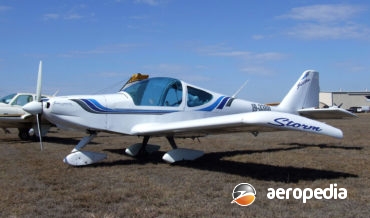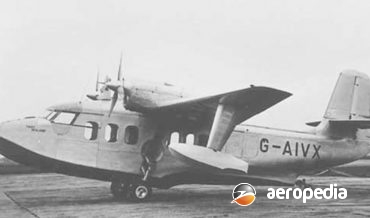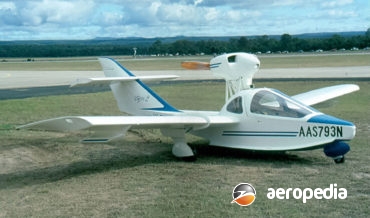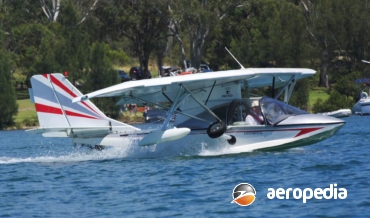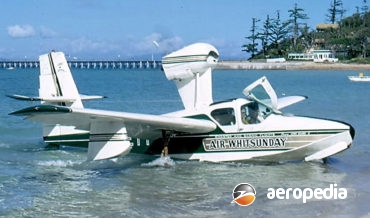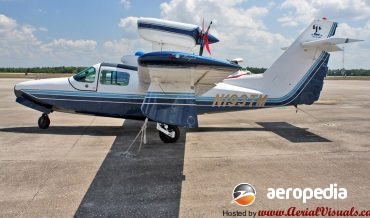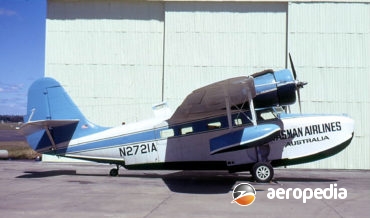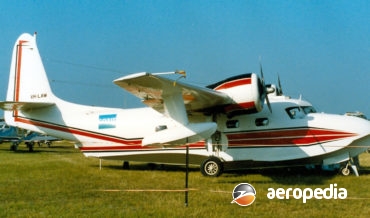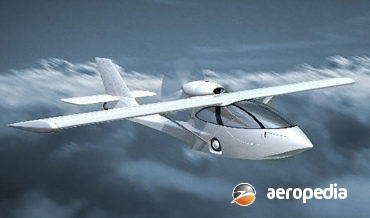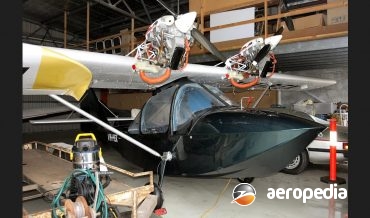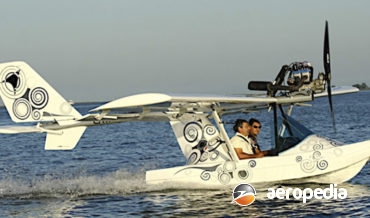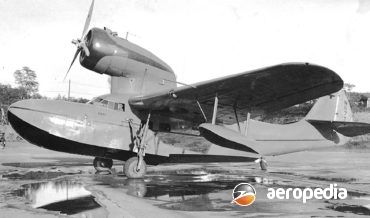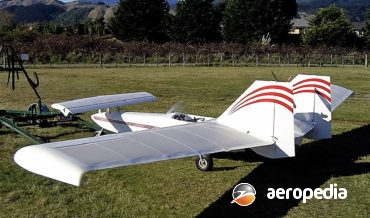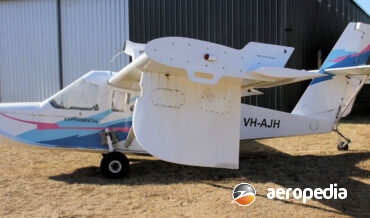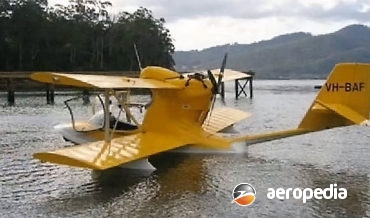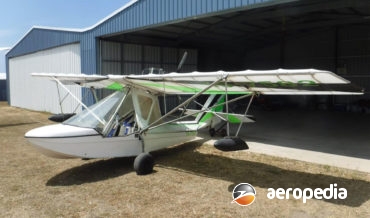All Contents
Contents
In 1929 a specification was issued for a boat-hulled amphibian for shipboard operation to replace the Supermarine Seagull III, a number of which were in service with the RAN on board the seaplane carrier HMAS Albatross.
David C. Eyre
- May 19, 2019
Leroy Grumman was born on 4 January, 1885 in New York and learnt to fly in 1918, becoming a test pilot and engineer at the US Naval Aircraft Factory in 1920.
David C. Eyre
- May 19, 2019
The Grumman G44 Widgeon fours eat light twin-engine, high-wing cabin monoplane amphibian was flown in prototype form for the first time in July 1940.
David C. Eyre
- May 19, 2019
The Sportsman two-seat amphibian was designed by Mr Volmer Jensen, and marketed by Volmer Aircraft of Burbank, California, and the prototype was flown for the first time on 22 December 1958.
David C. Eyre
- May 8, 2019
The Teal amphibian was designed by David Thurston at Sandford in Maine, USA as a two-seat light amphibian for the sportsman pilot. It was fitted with a 112-kw (150-hp) Lycoming engine and a T-tail.
David C. Eyre
- May 8, 2019
The Sea Eagle was designed and built by William “Bill” Starke of Townsville, QLD and was flown by him in the initial performance trials.
David C. Eyre
- May 8, 2019
The Sea Hawk was designed by Mr J Stevens in Queensland for the ultra-light amateur-built market and is the culmination of a number of designs he has produced and built over the years.
David C. Eyre
- May 8, 2019
One of a new breed of high performance homebuilt aircraft available to the amateur constructor in kit form, the Seawind 2500 was designed by Seawind Industries of Haliburton, Ontario, Canada,the prototype (C-GFNL) flying for the first time on 23 August 1982.
David C. Eyre
- May 8, 2019
The FSRW, constructed almost entirely of fibreglass, was initially a development project of the Sydney University School of Aeronautical Engineering, in 1974.
David C. Eyre
- May 8, 2019
The Petrel is a two-seat single-engine light sporting amphibian. French engineer, Claude Tisserand, designed and developed in 1983 a small monoplane of wooden construction which was amphibious, this aircraft flying for the first time in November 1986.
David C. Eyre
- May 8, 2019
The Riviera was a light, shoulder-wing cantilever monoplane with three-seats built as an amphibian and was developed by the Italian Nardi company and flown for the first time on 4 December 1952 with a 108-kw (145-hp) Continental engine.
David C. Eyre
- May 8, 2019
Following the success of the S-38 series, Sikorsky designed the S-39 specifically aimed at the sportsman pilot, the first production S-39A being flown in the National Air Tour of the United States in 1930.
David C. Eyre
- May 8, 2019
The Storm is one of a series of light aircraft designed by Giovanni Salsedo and built by S G Aviation at Sabaudia in Italy.
David C. Eyre
- May 8, 2019
The Sealand series was designed by Short Brothers & Harland of Belfast, Northern Ireland, as a completely new flying-boat shortly after World War II, being a five to eight seat amphibian powered by two Gipsy Queen 71 engines and a total of 25 examples was completed, ten of these serving
David C. Eyre
- May 8, 2019
The Osprey was designed as a light two-seat amphibian for the amateur constructor, to be operated from smooth, enclosed areas of water and not from the open sea, for which most amphibian are designed.
David C. Eyre
- May 8, 2019
The SeaRey is produced in kit form by progressive Aerodyne Inc of Orlando, Florida.
David C. Eyre
- May 8, 2019
The Colonial C-1 Skimmer was built by the Colonial Aircraft Corporation in the USA, with the prototype being flown for the first time on 17 July 1948. This three-seat amphibian was powered by a 93-kw (125-hp) Lycoming O-290-D engine, and received its type approval on 19 September 1955.
David C. Eyre
- May 8, 2019
The LA-270 Seafury is a development of the Lake LA-250 Renegade produced by Lake Aircraft Inc of Kissimmee, Florida and is a six-seat amphibious utility aircraft developed in the United States.
David C. Eyre
- May 8, 2019
The Grumman G21 series of twin engine amphibians was introduced in 1937.
David C. Eyre
- May 8, 2019
Designed as a versatile amphibious flying boat, the Mallard was sold in relatively small numbers, with only 59 examples being completed.
David C. Eyre
- May 8, 2019
The Landseair was designed by Martin Gischus as a light touring amphibian which can be built in kit form and is aimed at both the ultralight and general aviation markets.
David C. Eyre
- May 8, 2019
Designed by Boris Chernov, the Korvet (Corvette) was a light sporting three-seat amphibian designed and built in Russia and is one of a series of light amphibians and flying boats produced by this Company.
David C. Eyre
- May 8, 2019
The Catalina was designed and built by Fly Synthesis in Italy as a simple to build and operate amphibian with an electrically operated retractable undercarriage, which can be operated with a lowering system which, in the event of a problem, can be lowered and locked into position under gravity
David C. Eyre
- May 8, 2019
The Fairchild 91 was a single-engined amphibian accommodating a crew of two and eight passengers in two cabins built from 1936 by the Fairchild Engine & Airplane Corp of Hagerstown, Maryland
David C. Eyre
- May 8, 2019
The XTC was designed and built in kit form by Diehl Aeronautical in the 1980s as an amphibious ultra-light aircraft with an open cockpit.
David C. Eyre
- May 8, 2019
The Adventurer 333 was designed and marketed as a light amphibious monoplane with a flying-boat hull and available in kit form, a number of examples being sold around the world before the manufacturer ceased production.
David C. Eyre
- May 8, 2019
The Seastar was designed and built by AAC Amphibian Airplanes of Squamish, British Colombia, as a light two-seat amphibious biplane for sporting use.
David C. Eyre
- May 8, 2019
Over the years the Buccaneer has been produced by a number of companies and in a variety of models, one name being given to it at one stage being the Mallard. It is a single or two-seat light amphibian with an engine in the pusher configuration and has been marketed
David C. Eyre
- May 8, 2019
Recent Comments
Archives
Categories
- No categories
Categories
- No categories
Latest Posts
Newsletter

